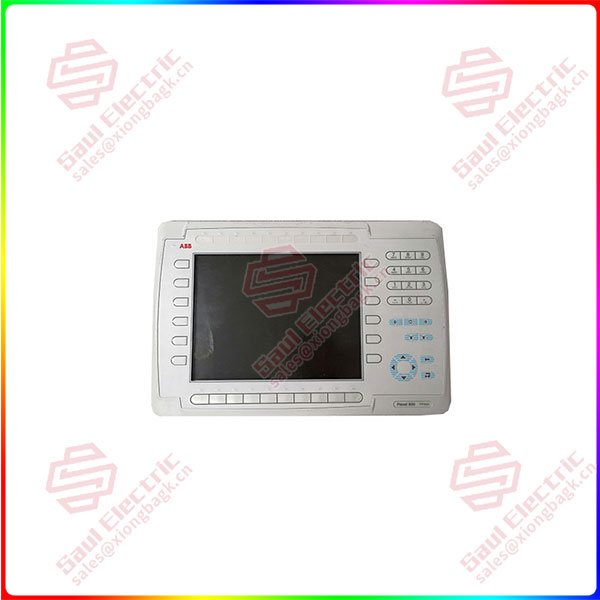The change trend of the TSI index of the machinery/electromechanical/heavy industry from 2019 to 2021 is basically consistent with the change trend of the whole industry. With the continuous development of the manufacturing industry, more and more enterprises are increasing investment in expanding production, improving production capacity, and improving organizational efficiency, and the demand for high-end talents continues to increase. From August 2021, the TSI index of the machinery industry is basically the same as the level of the whole industry, and in November, it began to exceed the average level of the whole industry, reflecting the continuous improvement of the shortage of talent market in the machinery industry. From the distribution of the 20 functions with the highest shortage index, it can be seen that machinery manufacturing enterprises have a higher degree of talent shortage in digital transformation, upstream and downstream extension of the industrial chain, improving TOB sales business, going to sea, and organizational development, especially the electrical engineers and sales engineers that are in short supply in all production-oriented enterprises.
Note: TSI (Talent Shortage Index) is a talent shortage index, TSI > 1, indicating that talent is in short supply; TSI < 1 indicates that the supply of talents exceeds the demand. If TSI is on the rise, it means that talent is becoming more sought-after and finding a job is relatively easy.
Digital demand to promote the instrument automation talent shortage continues to rise
The deepening of the digital transformation of the manufacturing industry and the increasing demand for self-control, automation and intelligent instruments have promoted the business growth of the instrument/instrumentation/automation industry. The “black swan” of the COVID-19 epidemic in 2020 has accelerated the digital transformation process of the entire manufacturing industry, and the TSI index of the instrument/instrumentation/automation industry has also accelerated its growth during this period, surpassing the average level of the entire industry, and has maintained rapid growth since, reflecting the deepening trend of talent shortage in the field. From the distribution of the 20 functions with the highest shortage index, it can be seen that with the increase of digital business, the shortage of digital talents, sales talents and traditional manufacturing talents for expanding production and improving manufacturing capacity is relatively high. In addition, the shortage of talents for advertising creativity, channel distribution, pre-sales consulting and marketing is also relatively high. It reflects the needs of enterprises in improving business ability and comprehensive service ability and the difficulty of talent recruitment.

PP846 3BSE042238R1
TSI (Talent Shortage Index) is the talent shortage index, TSI > 1, indicating that talent is in short supply; TSI < 1 indicates that the supply of talents exceeds the demand. If TSI is on the rise, it means that talent is becoming more sought-after and finding a job is relatively easy.
“Little Giant” manufacturing companies deepen the integration of digital technology in the industrial sector
In 2018, the government first proposed to carry out the cultivation of “specialized and special new little giants”. Since then, the Ministry of Industry and Information Technology has announced three batches of specialized new “little giants” lists in 2019-2021, with a total of 4,762. According to the definition of the Ministry of Industry and Information Technology, the “small giant” enterprise is the leader of the “small and medium-sized enterprise”, which is focused on the market segment, strong innovation ability, high market share, master the key core technology, quality and efficiency.
According to the analysis of the new digital technology positions of the manufacturing specialized new “Little giant” enterprises in 2021, from the technical dimension, “Little Giant” manufacturing enterprises have the largest demand for algorithm talents, including image algorithm, control algorithm, integrated navigation algorithm, path planning algorithm, perception algorithm, visual algorithm, 3D algorithm, etc. These positions are mainly for production intelligence and product intelligence services. In addition, new generation information technologies such as software (including Java, C/C++, C#, web, Android,.NET, etc.), testing, system architecture, technology management, AI (including machine vision, deep learning, etc.) and high-end manufacturing technologies such as robotics, industrial software, upper computer software, hardware development have formed a deep integration. It is a talent field that “little giant” manufacturing enterprises need and pay more attention to. From the perspective of senior talents, the digital technology positions required by the “little giant” manufacturing enterprises for doctoral degrees are mainly concentrated in the direction of machine vision experts, artificial intelligence scientists, industrial software research and development leaders, artificial intelligence algorithm experts, industrial data algorithm research and application, etc., for AI technology experts in the industrial field or responsible for human positions.
 1 Year Warranty
1 Year Warranty





